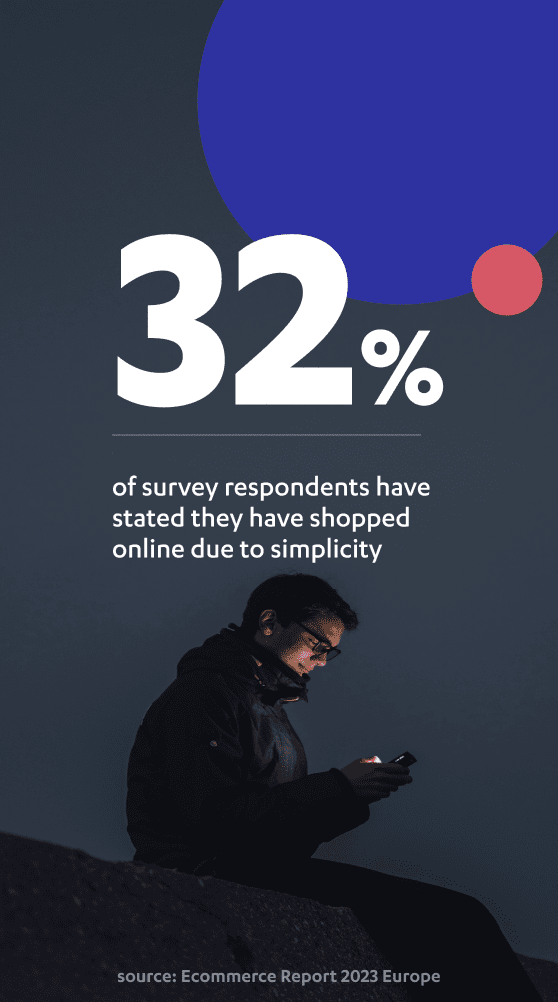1. Make sure websites and apps are fast to load and easy to use.
People are impatient, so if any point of an e-commerce experience takes too long or is difficult to navigate, they are likely to leave before completing that purchase.
Google currently recommends that it should take no more than two seconds for an e-commerce site to load. One way to cut time quickly may be through implementing headless commerce.
2. Create a compelling checkout experience.
The checkout process is a critical step in the conversion funnel, so it’s important to make it as easy and seamless as possible.
This can include using strong calls to action (CTAs), which are the buttons or links that tell people what you want them to do. Make sure your CTAs are clear, concise, persuasive, and placed at appropriate points in the user experience flow.
3. Offer a variety of payment options
Consumers have specific preferences when it comes to paying online, so it’s important to offer a variety of payment methods. Read our detailed articles on local payment methods for everything you need to know on that subject.
4. Make sure everything is mobile ready.
The majority of online activity has moved over to mobile devices. According to Insider Intelligence, mobile paths to purchase are projected to account for 43.4% of total retail ecommerce sales in 2023.
And to take it one step further, many more businesses will need to consider social commerce as part of their conversion funnels in the coming years as well.
5. Take steps to build trust and credibility.
People are more likely to buy from businesses that they trust. Businesses can build trust online by displaying customer testimonials, reviews, security badges, awards, and other signals supporting credentials and reliability.
We’ve found that implementing preferred local payment methods can also go a long way to establishing trust.









